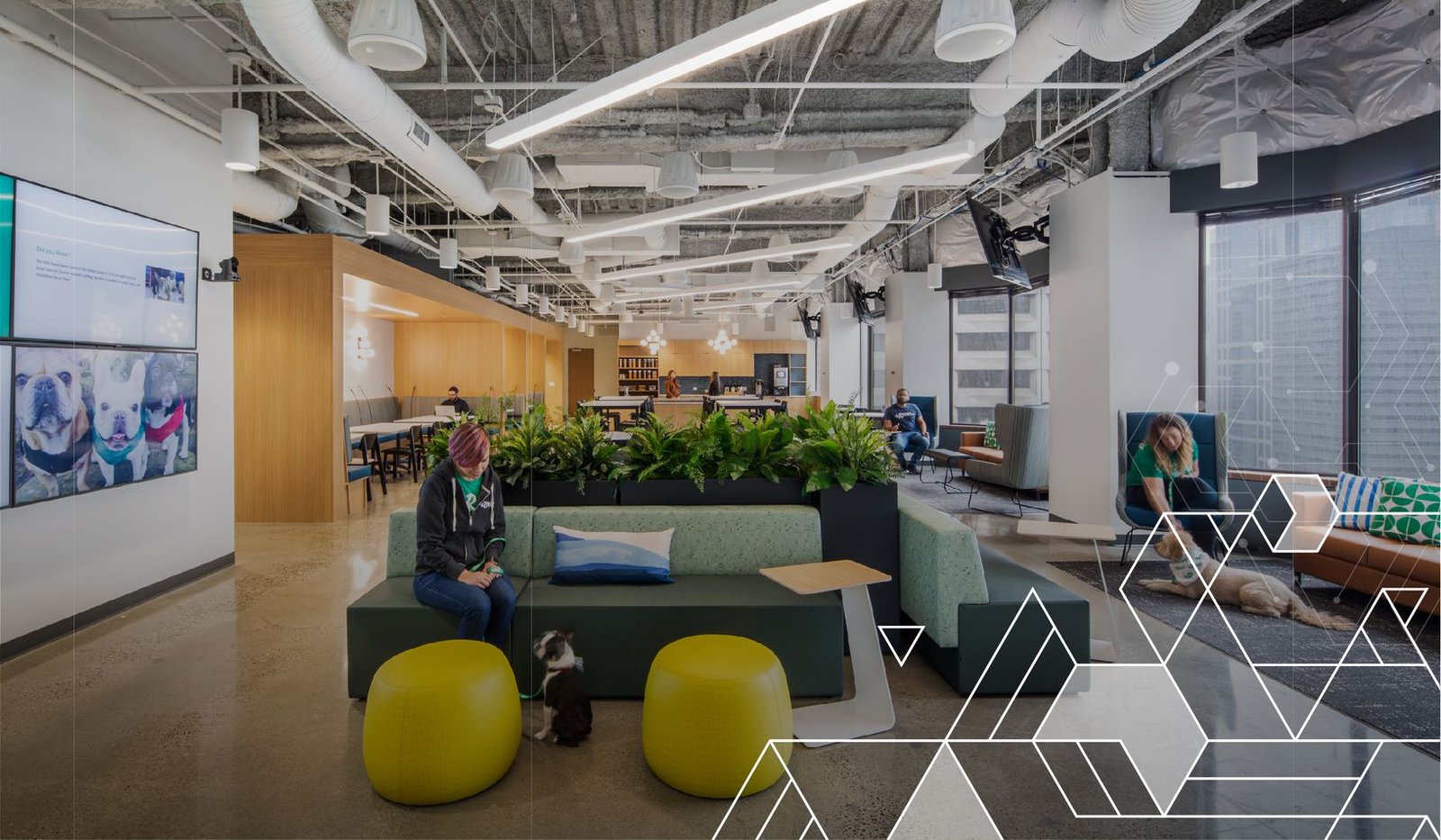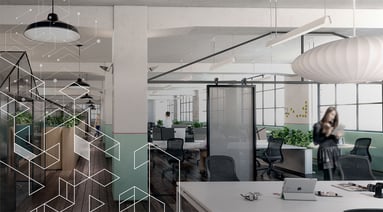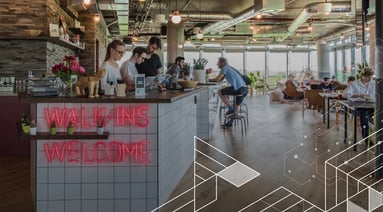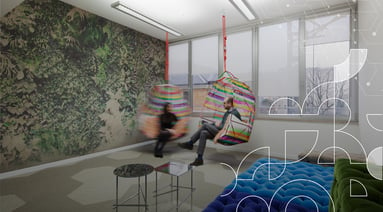
In a landscape of continuous disruption, the tech industry has been at the forefront of redefining the concept of workplace. To help executives meet the pace of change, we developed TECHscape, a collection of research, thought leadership insights and data on trends driving future workplace decisions.
Making tech diverse
While the tech industry has an unusual amount of diversity in generational groups, personality types and working styles, the industry remains behind the curve when it comes to gender and racial parity in its workforce. Only 26% of tech jobs are held by women, and despite new diversity and inclusion (D&I) programs, this percentage has been steadily declining for years. The turnover rate is more than twice as high for women than it is for men in tech industry jobs—41% versus 17%, and a staggering 56% of women are leaving their employers mid-career.
The lack of diversity in tech doesn’t just apply to gender. As a whole, the industry employs a larger share of Caucasians (63.5%-68.5%) and Asian Americans (5.8%-14%), and a noticeably smaller share of African Americans (7.4%-14.4%) and Hispanics (8%-13.9%), according to the US equal employment opportunity commission1.
What can tech do to improve this unequitable distribution of jobs? How can the workplace reinforce this evolution in diversity for the industry? In a strange twist, it appears that the Covid-19 crisis may become a driver for D&I transformation in the tech workplace.
Cracks become craters
In addition to increasing political and social demand and support for D&I initiatives in 2020, the Covid-19 pandemic has made D&I an urgent, critical business necessity, offering a unique opportunity for tech to make exponential strides. Working remotely for an industry that had always valued keeping employees onsite and in the office has caused a massive swing in working style, highlighting pre-existing problems, and driving gender and racial parity discussions.
A recent Forbes article states, “For any employee from an underrepresented or marginalized group, the pandemic is causing a triple whammy: first, the pandemic is having a disproportionate impact on health outcomes for people of color, people with disabilities and other marginalized groups; second, many of the jobs being cut as a result of the pandemic are disproportionately held by women and people of color; third, many companies are cutting diversity and inclusion initiatives, which they consider 'nice-to-have' and not central to their success.” Additionally, domestic work—such as chores, childcare and meal preparation—falls disproportionally on women, making work/life balance and the ability to work from home exponentially more challenging.
Tech companies accustomed to rigid work schedules and that insist on in-person office attendance or “face time” are having to reinvent themselves, adopt new technologies, and change their cultures, which all creates both additional pressure and incredible opportunity.
A competitive advantage
Post-pandemic, tech companies will need to be ready to compete for top talent while diversifying and supporting their workforce. Attracting, retaining and engaging teams is a true competitive advantage, particularly in an industry with a lagging D&I track record.
So what does this new, diverse tech workplace look like?
The Playground Model
At Unispace, we believe we’ve unlocked a workplace model that creates and sustains diversity and inclusion, Playground. Inspired by one of our designer’s trips to a skatepark in Venice Beach, CA, Unispace’s Playground model transforms the workplace into a diverse, inclusive, and engaging environment. The strategy behind this framework brings together people of all ages, races, genders, nationalities, and orientations with a common activity: play.
At Unispace, we have observed first-hand how play creates a different approach to learning and workforce cohesion, one that is inherently more inclusive. Traditionally, the CRE industry has looked at the workplace in terms of supporting specific work modes for specific industries, but in today’s climate, the work environment has to do so much more. This is especially true for the tech industry, which is increasingly looking to the work environment to act as a catalyst for business change.
Our Playground model enables four specific work types in the workplace:
.png?width=600&name=MicrosoftTeams-image%20(2).png)
We have observed first-hand how this model level-sets the corporate environment, uniting workforces and establishing a “beginner’s mind” mindset across roles, responsibilities, or levels within the company. Not only does this approach democratize the workplace, but it creates opportunities for spontaneous collaboration, confluence and serendipity, all of which are crucial for tech companies looking to launch the next great idea.
Interested in reading the full book?


